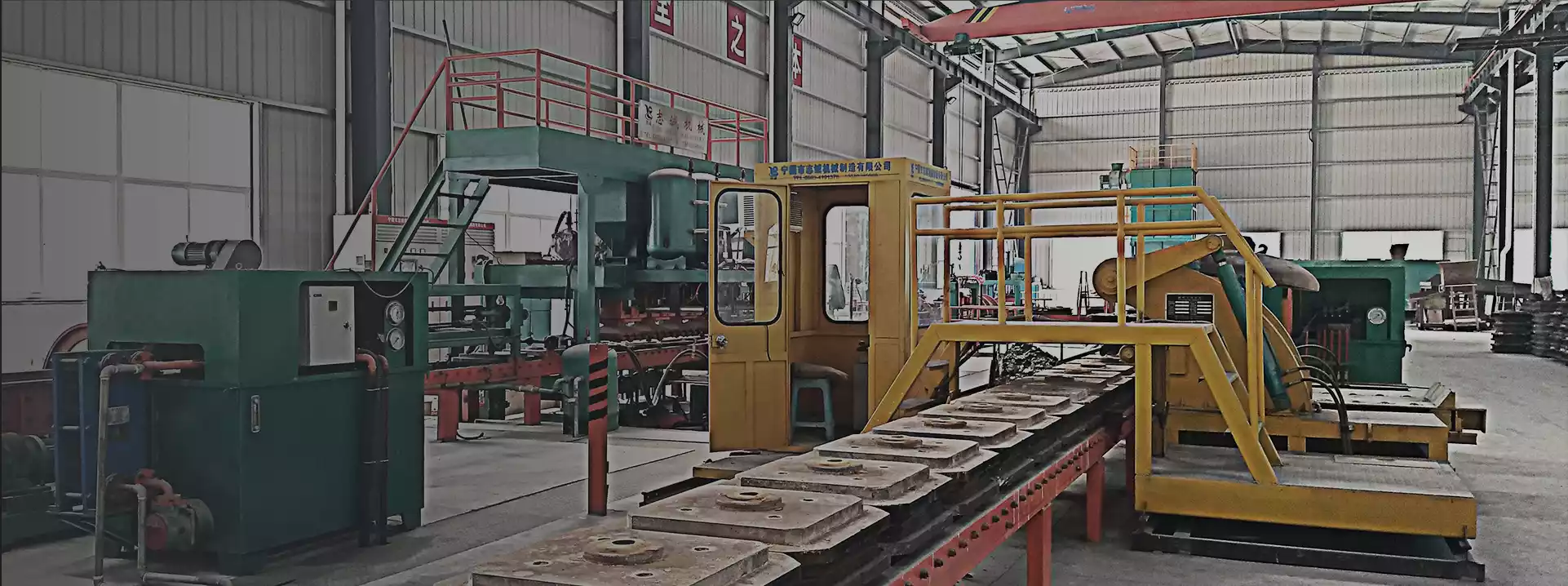In the world of chrome mill ball production and casting, heat treatment plays a crucial role in shaping the properties and performance of the final products. From enhancing hardness and wear resistance to optimizing microstructures, heat treatment is a pivotal step in ensuring the quality and reliability of chrome mill balls and cast components. This article explores the significance of heat treatment in both the chrome mill ball production line and casting processes, shedding light on its indispensable role and impact.
Heat Treatment in Chrome Mill Ball Production
When it comes to the production of chrome mill balls, heat treatment is of paramount importance as it influences the mechanical properties and overall performance of the finished products. Through carefully controlled heating and cooling processes, the chrome mill balls undergo transformation, giving them the desired hardness, toughness, and resistance to wear.
Heat treatment allows for the refinement of the ball's microstructure, ensuring uniformity and consistency in their properties, ultimately enhancing their suitability for demanding grinding applications in industries such as mining, cement, and power generation.
The heat treatment process in the chrome mill ball production line typically involves heating the balls to specific temperatures, followed by quenching and tempering to achieve the desired hardness levels and microstructural characteristics.
By carefully managing the heating and cooling cycles, the chrome mill balls attain the requisite metallurgical properties, enabling them to withstand the rigors of abrasive and high-impact environments encountered during the grinding process. Thus, heat treatment is a critical enabler in producing chrome mill balls that exhibit superior performance, longevity, and cost-effectiveness for end users.
Role of Heat Treatment in Casting Processes
In the realm of casting processes, heat treatment assumes a multifaceted role, contributing to the enhancement of mechanical properties, dimensional stability, and structural integrity of cast components. Before heat treatment, castings often undergo various shaping and solidification processes, leading to the formation of internal stresses, non-uniform microstructures, and potential defects.
Heat treatment serves as a remedial and transformative stage, mitigating these issues and bestowing castings with the requisite strength, ductility, and resistance to wear and corrosion.
Within the context of casting, heat treatment encompasses a range of techniques, including annealing, normalizing, quenching, and tempering, each tailored to address specific material and performance requirements. Annealing alleviates internal stresses and refines the microstructure, enhancing machinability and facilitating further processing.
Normalizing promotes uniformity in the material's structure, mitigating variations arising from the casting process, and improving mechanical properties. Quenching and tempering impart the desired hardness, toughness, and stress resistance, rendering the cast components suitable for diverse industrial applications.
FAQs (Frequently Asked Questions)
Q: Why is heat treatment important in the production of chrome mill balls?
A: Heat treatment is crucial in enhancing the mechanical properties and wear resistance of chrome mill balls, ensuring they meet the demanding requirements of grinding applications in industries such as mining and cement.
Q: What are the key benefits of heat treatment in casting processes?
A: Heat treatment provides cast components with improved mechanical properties, dimensional stability, and resistance to wear and corrosion, making them suitable for diverse industrial applications.
Q: How does heat treatment contribute to the longevity of chrome mill balls and cast components?
A: By optimizing the microstructures and imparting the desired hardness and toughness, heat treatment enhances the durability and longevity of chrome mill balls and cast components, enabling them to withstand harsh operating conditions.
The significance of heat treatment in both the chrome mill ball production line and casting processes cannot be overstated. It is a transformative and essential stage, endowing chrome mill balls and cast components with the mechanical properties, microstructural integrity, and performance characteristics necessary for their intended applications.
As industries continue to demand high-performance, durable, and reliable materials, the role of heat treatment remains indispensable in ensuring the quality and functionality of chrome mill balls and cast components, underscoring its enduring relevance in the realm of materials processing and manufacturing.

